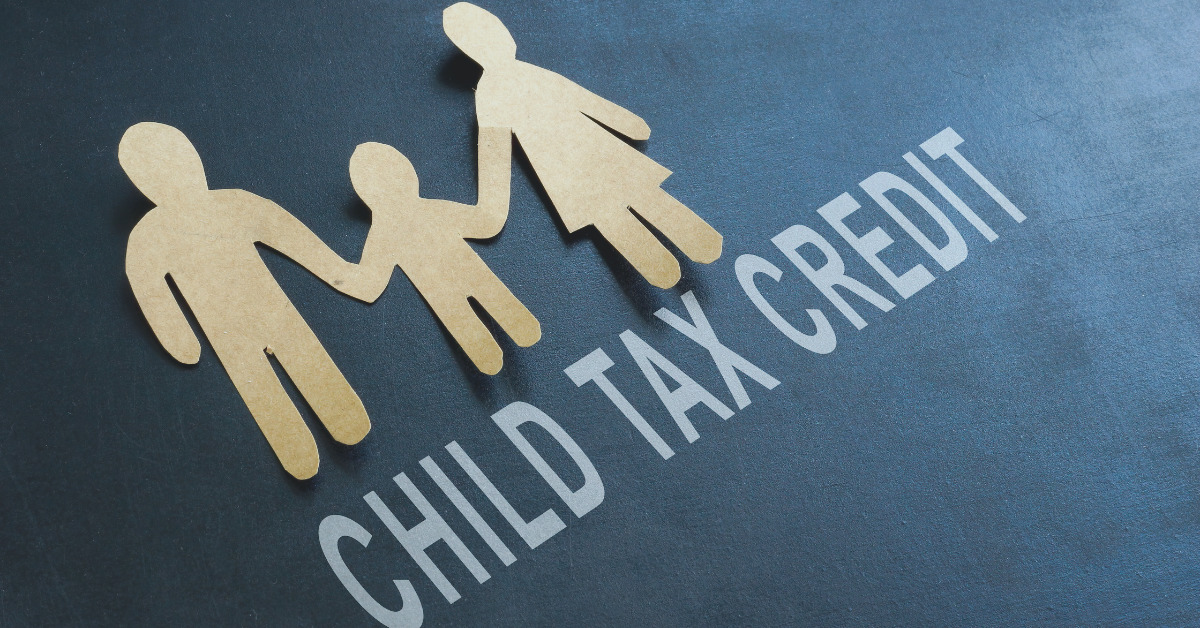Deducting losses is a high-priority item for taxpayers in the highest marginal income tax bracket. The topic will be especially relevant during the 2022 tax compliance season because of recent declines in the stock market and a challenging overall business environment.
With that said, you shouldn’t assume that every business operating loss or capital loss on investments will lead to a 1:1 deduction on your tax return. There are significant limitations and qualifications surrounding these losses, so it’s critical to understand the details.
In this article, we provide a primer on some of the loss limitations that are most likely to affect high income taxpayers during the upcoming tax filing season.
Not All Business Losses Are Tax Deductible
Rising interest rates and other effects of surging inflation have created a challenging environment across industries. As a result, many business owners, whether actively involved in the operations of the business or passive investors, have losses that they can use to reduce their tax bill. But the amount and timing of these deductions may be significantly limited.
Section 461(l) Limit
Even if a taxpayer’s business loss satisfies the basis limitations, the at-risk limitations, and the passive loss limitations, the deduction of that business loss may be significantly limited. That’s because Section 461(l), “Limitation on Excess Business Losses of Noncorporate Taxpayers,” was in effect for the 2022 tax year. The Excess Business Loss (EBL) limitation applies to any non-corporate taxpayer—including individuals, estates, and trusts—and limits the amount of trade or business deductions that can offset non-business income, such as investment and wage income.
An EBL is defined as the excess of (i) taxpayer’s aggregate trade or business deductions over the sum of (ii) taxpayer’s aggregate gross trade or business income or gain plus the indexed limitation amount (the “threshold amount”). Net business losses in excess of the threshold amount are disallowed and carried forward as a net operating loss (NOL). For 2022, the threshold amounts were $540,000 for those married filing jointly and $270,000 for all other filers. For partnerships and S corporations, Section 461(l) applies at the partner or shareholder level.
Excess Business Loss (EBL) Calculation
EBL = aggregate trade or business deductions –
aggregate gross trade or business income or gain + indexed limitation amount
Net operating losses, Section 199A deductions, and capital loss deductions are excluded from a taxpayer’s EBL calculation when determining the aggregate trade or business deductions. Furthermore, employee compensation is excluded when determining the aggregate gross trade or business income. Capital gains will be limited (when determining aggregate gross trade or business income and gains) to the lesser of (i) the capital gain net income determined by taking into account only gains and losses attributable to a trade or business or (ii) the capital gain net income.
Excess Business Loss (EBL) Example
A married taxpayer has trade or business income from Business A of $5 million and trade or business losses from businesses B and C of $15 million in 2022. Instead of being able to deduct the entire $10 million loss against other income in 2022, the taxpayer is limited to deducting only $5.54 million of the losses in 2022 ($5 million of income from business A + $540,000 threshold amount). The excess ($9.46 million) is carried forward to 2023 as a net operating loss.
Net Operating Losses Carryforward
A net operating loss (NOL) may offset up to 80% of current year taxable income; this rule has been in place since 2021. Unused NOLs may be carried forward indefinitely. A disallowed EBL is treated as a NOL carryforward in the subsequent year, subject to the NOL rules. If a taxpayer has multiple NOLs, they are applied in the order incurred, beginning with the earliest.
Net Operating Loss (NOL) Example
Continuing the example above, the taxpayer has a 2023 NOL of $9.46 million and 2023 taxable income of $10 million. The NOL can offset only 80% of the taxable income, which is $8 million. The remaining unused NOL ($1.46 million) would be carried forward to 2024.
Deductions for Capital Losses Are Limited Too
Tax-loss harvesting can be an effective way to enhance an investor’s after-tax returns. After a year in which equity markets were down 15.0% and bond markets were down 11.2%[1], investors have plenty of opportunities for harvesting losses. Strategically applying tax-loss harvesting, however, requires understanding the rules related to wash sales and the limits on how much in capital losses can be deducted in any year.
Wash Sales
The wash sale rule disallows a loss on the sale of stock or securities if a taxpayer acquires substantially similar stock or securities or a contract or option to acquire substantially similar stock or securities within 30 days before or after the date of sale or disposition. Generally, the wash sale rule applies only when the same taxpayer repurchases substantially similar stock or securities, but the loss may be disallowed if the acquisition is made by a related party. If a taxpayer sells stock or securities for a loss and then repurchases the stock or securities in their or their spouse’s IRA within 30 days before or after the sale, that loss will be subject to the wash sale rule.
The disallowed amount can be claimed when the new stock is finally disposed of, other than in a wash sale. The rule does not apply to losses from transactions made in the ordinary course of a dealer’s business of dealing in stocks and securities. The wash sale rules apply per taxpayer and not per account, so it is critical to review each taxpayer’s total portfolio.
Excess Loss Carryforward
In addition to using capital losses to offset capital gains, taxpayers can deduct up to $3,000 of capital losses against ordinary income in any given year ($1,500 for married filing separately). Any excess capital losses are carried forward indefinitely and used to offset gains or ordinary income up to the aforementioned limits in future years.
Capital Loss Carryforward Example
In 2022, a taxpayer has long-term capital gains of $40,000, short-term capital gains of $80,000, long-term capital losses of $90,000, and short-term capital losses of $70,000. The taxpayer has a net long-term capital loss of $50,000 ($90,000 – $40,000) and a net short-term capital gain of $10,000 ($80,000 – $70,000). The excess of the long-term capital loss ($50,000) over the net short-term capital gain ($10,000) is $40,000. The taxpayer can only use $3,000 of the $40,000 capital loss to reduce 2022 ordinary income. The remaining $37,000 would be carried forward to 2023 (and perhaps beyond).
Know What to Expect This Tax Season
For many taxpayers, losses will be a greater area of focus for their 2022 tax preparation and 2023 tax planning. As you seek to estimate your 2022 tax liability (or refund), it will be imperative to understand how these limitations on losses affect your specific situation. We are available to help you analyze your unique fact pattern and identify planning opportunities that can lower your tax liability going forward.
Written by Katherine A. Walter. Copyright © 2023 BDO USA, LLP. All rights reserved. www.bdo.com
[1] Source: S&P Dow Jones Indices. “Equity markets” represented by total returns of the S&P 500 Index. “Bond markets” represented by total returns of the S&P U.S. Aggregate Bond Index. Data as of December 20, 2022



